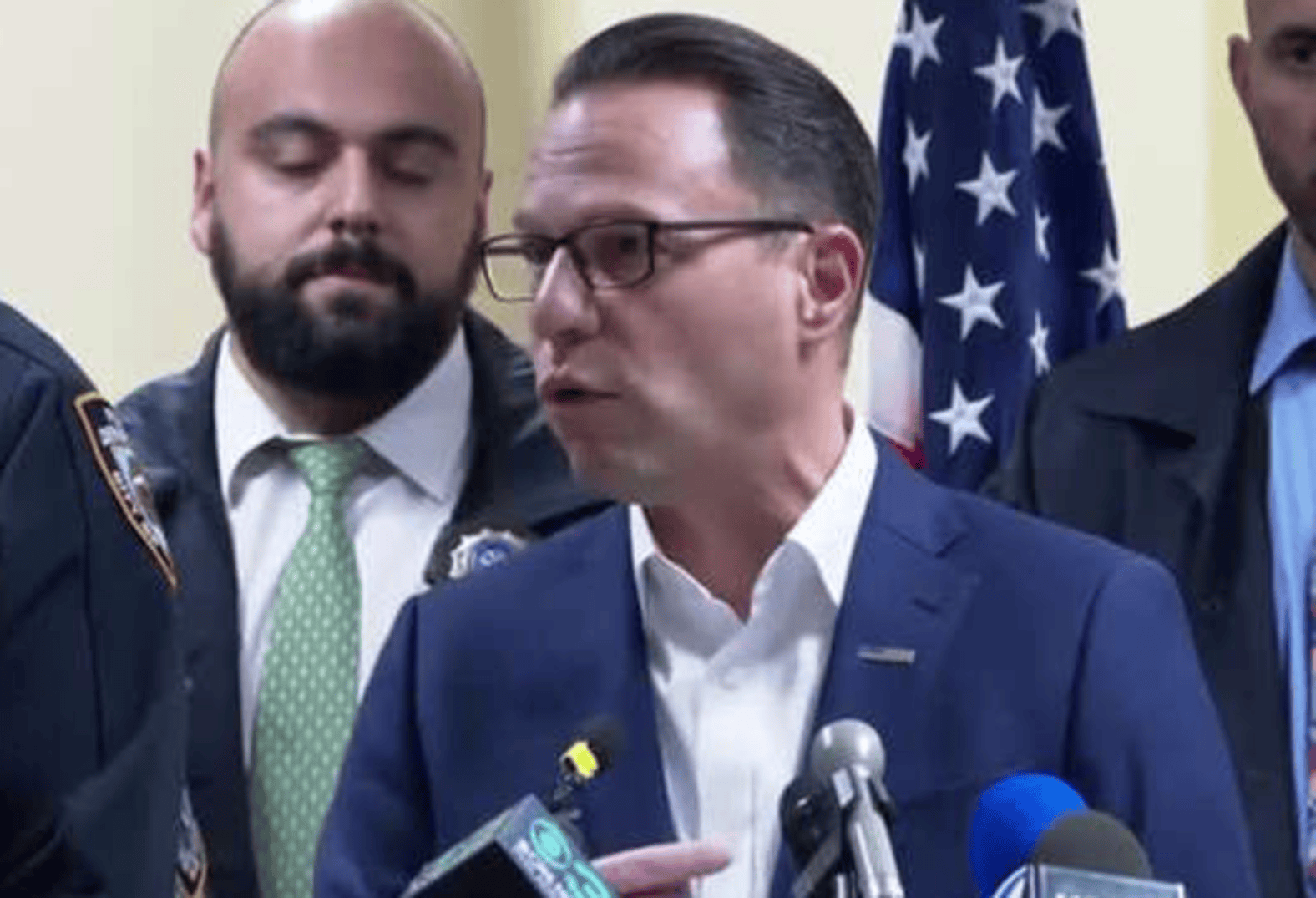
Welcome Bright Mornings DST Ends Nov 3 2024
As daylight saving time (DST) comes to an end, many people are noticing their afternoon commute getting darker earlier each day. This is a clear reminder that the time change is just around the corner. In this article, we will discuss when daylight saving time ends in 2024, its history, why it exists, and the ongoing debates about its relevance. Welcome Bright Mornings DST Ends Nov 3 2024
When Does Daylight Saving Time End in 2024?
Daylight saving time for 2024 ends on Sunday, November 3, at 2 a.m. On that morning, we “fall back” one hour to bring more daylight into the morning hours. For most people, this means turning back manual clocks one hour before going to bed on November 2. Phones, computers, and many cars will adjust automatically.
This shift gives us sunnier mornings but darker evenings until DST returns on Sunday, March 9, 2025. The end of DST in November marks the start of standard time, which will last through the winter months.

As daylight saving time (DST) comes to an end, many people are noticing their afternoon commute getting darker earlier each day.
History of Daylight Saving Time
Daylight saving time was officially introduced in the U.S. in 1918. It was first implemented as an energy-saving measure during World War I to provide more daylight during the times when people were most active. After the war, the practice was dropped but was brought back during World War II for the same reason.
Following the war, the decision of whether to observe DST and the specific dates were left up to local jurisdictions. This resulted in a lot of variation across the country, with some areas observing it and others not. Over the years, various efforts have been made to standardize the practice.
Energy Policy Act of 2005: Changes to Daylight Saving Time
The act extended daylight saving time by four weeks, making it start earlier and end later. This extension was implemented with the goal of further reducing energy consumption by having more daylight during the evening hours.
The current schedule we follow for DST — beginning on the second Sunday in March and ending on the first Sunday in November — was established in 2007. While this has been in place for several years, debates about the value of DST continue.
Why Do We Use Daylight Saving Time?
The original purpose of daylight saving time was to conserve energy. By shifting an hour of daylight from the morning to the evening, the idea was that people would use less artificial light during waking hours. This concept was especially valuable during times of war when conserving fuel and other resources was a priority.
However, the effectiveness of this energy-saving measure in today’s world has been called into question. Modern technology has changed the way we use energy, and some studies suggest that the savings are minimal, if they exist at all.
The Impact of Daylight Saving Time
While the initial purpose of DST was energy conservation, its impact goes beyond that. Studies have shown that daylight saving time can affect people’s health, particularly in the days following the time change. Sleep disruptions are common as people adjust to the new schedule, and there is evidence to suggest an increase in accidents and health issues, such as heart attacks, in the days following the time shifts.
On the other hand, many people enjoy having more daylight in the evening during the warmer months. This extra hour of sunlight can encourage outdoor activities, which may have positive effects on physical and mental health.
The Future of Daylight Saving Time
As more states pass legislation to end daylight saving time, the future of this practice remains uncertain. While the federal government has not yet acted on these proposals, the growing dissatisfaction with DST suggests that changes could be coming in the future.
How to Prepare for the Time Change
As daylight saving time ends, it’s important to be prepared for the time shift.
Change your clocks: Set your manual clocks back one hour before going to bed on November 2. Most modern devices, such as phones and computers, will update automatically.
Adjust your sleep schedule: If possible, try to go to bed a little earlier in the days leading up to the time change. This can help your body adjust to the new schedule.
Be cautious when driving: With the time change, many people will be driving in darker conditions during their evening commute.
Check your home appliances: Some appliances, such as microwaves and ovens, may not adjust automatically. Be sure to update the time on these devices if needed.
Conclusion: A Time for Reflection
Daylight saving time has been a part of American life for more than a century, but its relevance is being questioned more and more. While it was originally implemented as a way to conserve energy, modern society’s needs and habits have changed. With growing opposition to the twice-yearly time shifts, the future of daylight saving time is uncertain.
As we prepare to “fall back” on November 3, it’s worth considering the pros and cons of this long-standing practice. Whether you enjoy the extra daylight in the evening or find the time change disruptive, one thing is clear: daylight saving time remains a topic of debate in the United States. Only time will tell if the practice continues or if we eventually settle on a permanent time system.
Until then, don’t forget to turn your clocks back and enjoy the brighter mornings that come with the end of daylight saving time.









